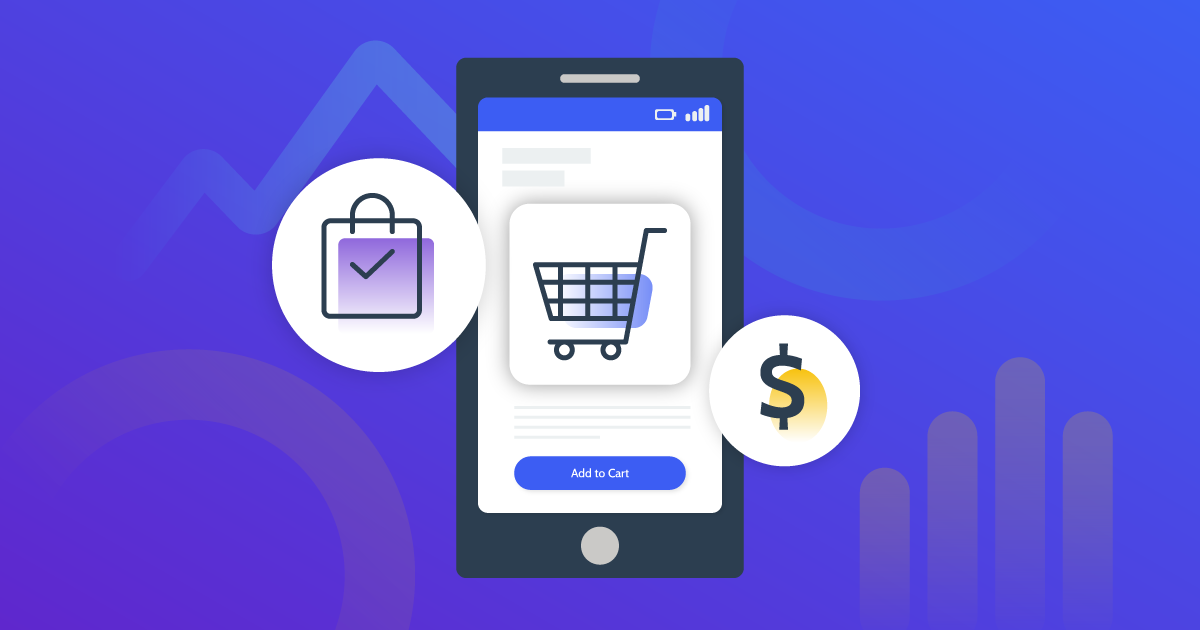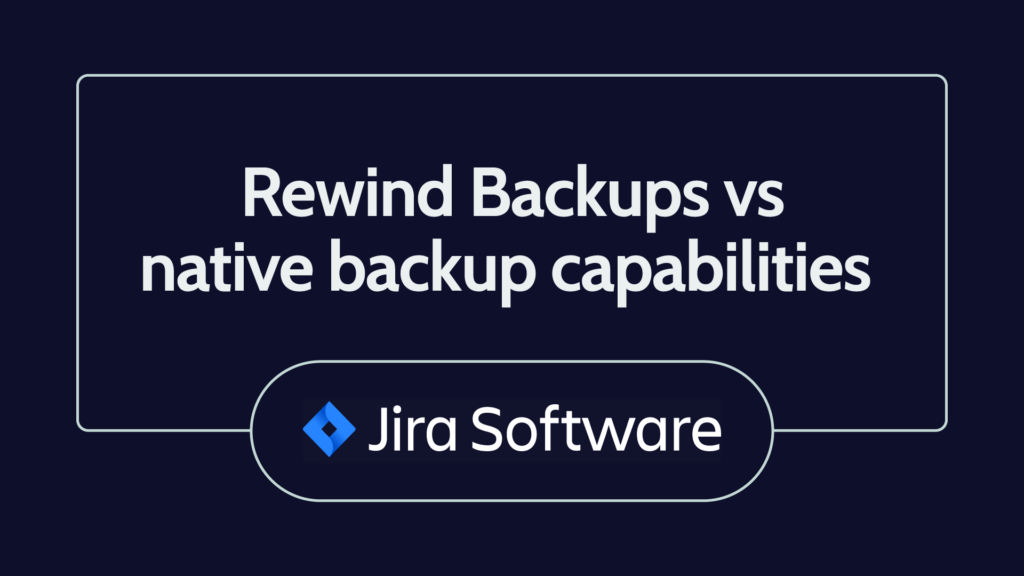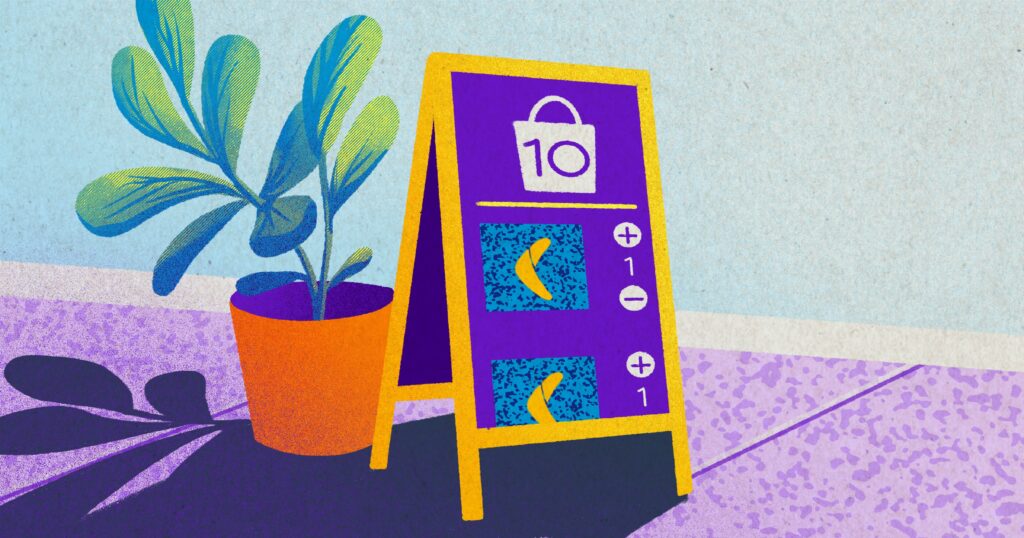It’s 2022, and now is the time to consider the forces that will shape the business world in the year ahead.
If you’re a player in the ecommerce industry, you’re no stranger to disruption and the need to adapt to changing market dynamics after two years of unprecedented change ushered in by the pandemic.
In this article, we’ll recap some of the seismic shifts that the world of ecommerce has recently experienced and shine a light on ten of the most significant trends that will shape the marketplace in the year ahead.
But before we get into the detail, let’s take a moment to understand the long road we’ve traveled to arrive at this juncture.
The Long Road to Here
Ecommerce as we know it started in 1995. Earlier iterations of what was then called “teleshopping” were based on connections between telephones, televisions, and computers—all in all, a cumbersome system that didn’t find its legs until the internet made it a viable concept.
Predictions at that time were that, eventually, all shopping would be done online, so the revolution began. , followed by PayPal in 1998. Advances in payment card technology, encryption, and other security protocols made it easier for people to trust online channels, opening up a new world of convenience for people who lived in remote locations or couldn’t travel to shop.
Online retailers found new global audiences and embraced the changes, while others favored the traditional in-person business model. Over time, it seemed that younger generations began to prefer ecommerce stores over brick-and-mortar stores. Shopping in physical stores transformed, and many retailers struggled to find a balance.
In truth, what’s happening now isn’t entirely disruptive. Commerce, in general, has been moving in this direction for quite some time now. The only surprise is that it happened so quickly. We’re seeing ecommerce trends happening right now that industry experts had previously predicted would manifest over the next ten years.
According to Statista, online commerce is expected to top $5.4 trillion in 2022, marking a growth of over 500% since 2014.
The Future of Ecommerce
Online shopping continues to grow globally, accelerated by the 2020 pandemic and the need for contactless commerce. By 2024, ecommerce sites will own more than 21% of the global retail market. New technologies, including drone delivery, voice search, and social media shopping, drive innovation and interest in the space.
The initial challenges of online shopping, including the lack of personal interaction, difficulty with trialing products, and long delivery times, are a thing of the past. In their place, innovative ecommerce sites have introduced video previews, augmented reality and reviews, utilizing machine learning to determine preferences and personalize the online shopping experience. Mega-warehouses enable fast delivery and guaranteed stock availability. Shopping online is smarter, faster, safer and the experience is more personal than ever before.
We don’t know everything the future holds for ecommerce sales, but we know that the future is bright.
The Top Ecommerce Challenges in 2021
While ecommerce sales continue to soar, 2021 wasn’t without its challenges. Many ecommerce brands experienced difficulties, including:
1. Global Financial Uncertainty
While the pandemic certainly fuelled the need for online shopping, it also impacted the disposable income of many houses. Consumers were also reluctant to make big-ticket purchases while they waited for the market to stabilize as the threat of a global recession loomed large in 2021.
2. Changing Expectations
Consumers simply aren’t comparing apples with apples anymore. Big brands like Amazon have set the standards for shipping, speed, user-friendliness, and variety that consumers expect every ecommerce experience to emulate. Modern consumers want free returns and shipping, a variety of payment methods, intuitive and responsive websites, and excellent customer service at all times. It’s hard to maintain and create the customer experience they want, especially for start-ups.
3. Privacy and Security Threats
The vast amount of money spent online is fuelling another worrying ecommerce trend— cybercrime. Hackers are turning their attention to smaller ecommerce stores, who are still responsible for the personal and financial information of their customers. SMBs experienced a significant uptick in recorded cyber attacks in 2021, and there’s no reason to believe that trend won’t continue.
Modern, tech-savvy consumers are also more insistent and educated about data privacy and demand the best possible protection from ecommerce stores – as they should!
4. Customer Loyalty
Online shoppers have more choices now than ever before. While it’s great news if you’re shopping online, it does pose a challenge if you own an online shop. Competition is stiff, and it’s much harder to retain your customers’ loyalty (and repeat business).
The Top 10 Ecommerce Trends for 2022
The most notable change affecting the ecommerce marketplace over the last year is a fundamental shift in consumer buying patterns and behaviors—a direct result of the pandemic. This shift spawned heightened expectations regarding what people expect from their online experiences.
So, how will all this play out in 2022?
1. Personalization is King
With so many retailers switching to or augmenting their ecommerce offerings in response to the pandemic, the marketplace is more competitive and crowded than ever. In 2022, consumers can choose who to engage with and who to buy from online.
Moreover, extended lockdowns resulted in a fundamental shift in the demographics of who shops online. Pre-pandemic, it was primarily tech-savvy millennials and Gen-Zs who frequented online stores. Now, older folks have become more comfortable with this model—which necessitates that ecommerce retailers up their game on the personalization front.
Interestingly, because so many consumers are used to shopping via this model, more of them are willing to share their data.
Forward-thinking ecommerce retailers that analyze their data, hyper-personalize their products, and outreach these efforts will be the ones in the winners’ circle in 2022.
2. The Rise and Rise of Chatbots
Let’s face it – people have a limited attention span and limited patience when browsing online. If consumers need more information about a product they’re interested in, you have a golden—yet limited—window of opportunity to answer their questions and secure the sale.
Here’s where the role of chatbots becomes amplified. While these virtual agents aren’t altogether new, technological advances in artificial intelligence have turned them into a forceful customer relationship management (CRM) tool in recent years.
3. Augmented and Virtual Reality
Just consider these recent statistics:
- 71% of consumers say they’d be inclined to shop more often with ecommerce brands that use virtual reality.
- In response, over 120,000 stores will be using augmented reality (AR) in 2022 to enrich the online shopping experience they offer their ecommerce shoppers.
Augmented reality and virtual reality solve buyers’ most obvious online shopping problems. How do they know that what they buy will look like it does in the ecommerce store when it arrives at their door? Having a non-static, three-dimensional preview of products gives shoppers a greater level of confidence that they’ll be pleased when they finally get their hands on their goods.
4. Voice is Cool Again
Like chatbots, virtual assistants such as Amazon’s Alexa and Apple’s Siri have been around for years.
But the intersection of voice-enabled virtual assistants and ecommerce is set to explode in the year ahead. The number of voice shoppers is expected to increase by 55%, reaching a value of $40 billion by 2022.
If you’re an ecommerce business owner, look at ways to integrate this channel into your CRM and marketing strategies. Do this by leveraging a voice-search-optimization strategy to ensure that your products and services rank for keywords and phrases suited to voice-search shopper queries.
5. The Green Brigade
According to the Harvard Business Review, 65% of consumers want to buy products from brands that demonstrate a genuine commitment to sustainable business practices.
We foresee ecommerce players that showcase their focus on environmentally sound practices dominating their market in the year ahead.
6. Flexible Payment Options
There’s nothing worse than getting to your checkout cart to pay for your online shopping spree only to find that the ecommerce site doesn’t accept your preferred payment method. For retailers, the worst-case outcome of such an event is that consumers abandon their carts.
To minimize the chances of this happening to you, look to diversify the way people can pay for goods in your store—particularly if you currently only offer check or credit/debit card options.
7. The New Face of Fulfillment
The pandemic resulted in standard methods of delivery and fulfillment being fundamentally upended. This trend shows no sign of slowing; many consumers have come to enjoy the added flexibility of having a range of fulfillment options to choose from.
Today, many stores have secure locations in malls or other public places with lockers that online shoppers can visit at their convenience to collect the items they’ve purchased.
8. Customer Privacy Moves Front and Center
New and beefed-up regulations regarding what retailers are and aren’t allowed to do with their customer data—and with whom they share it—are issues that no ecommerce provider can afford to ignore.
The consequences of falling foul of these compliance rules can be grave, including hefty fines and reputational damage. So, do your homework and make sure you remain compliant with the regulations that affect your country and industry.
9. The Rebound of the “Mom-and-Pop Shop.”
Perhaps due to consumers’ desire to support those smaller businesses that managed to survive the pandemic or simply a desire to shop closer to home, smaller, direct-to-consumer businesses can look forward to a great 2022.
These players sell goods ranging from ready meals to hand-crafted goods or fresh produce. Many deliver to their customers’ doorsteps, which engenders brand affinity and loyalty.
10. Prioritization of Data Backup and Recovery
Data is one of the most valuable commodities an ecommerce store produces. Without these insights, it would be impossible to compete; the brand wouldn’t be able to predict future needs or project trends.
Your online store could go down for any number of reasons. Accidental deletion by an employee, a power outage, a malicious attack, or loss of premises due to a fire or flood could quickly destroy on-premise servers and computers. As such, it’s critical to have a proactive cloud backup strategy to ensure your data and digital assets are preserved.
With all systems and products digitized, any downtime would represent a significant loss for any business, but for an ecommerce store, all the more. Loss of business continuity will cost you sales and can also cost you customers who will gladly take their business elsewhere if they feel your site is unreliable or untrustworthy.
5 Bonus Trends To Help You Grow Your Ecommerce Business in 2022
If you want a real competitive advantage, you might want to keep an eye on some of the emerging trends that will fuel ecommerce business growth in 2022.
1. Social Media Shopping
Social media platforms are joining the online shopping frenzy as brands shift their marketing to sites like Facebook and Instagram. Instagram has been particularly influential, with brands linking directly to online shopping portals so that they can sell while consumers socialize. Don’t just spend money on social media for marketing—use it to drive direct sales.
2. Cross-Overs Between the Online and Offline World
In the past, a brick-and-mortar store would add an online shop as part of their innovation strategy. The trend is reversing, with many exclusive online stores opening real-world brick and mortar stores. The online and offline world will continue to crossover in 2022.
3. The Use of Artificial Intelligence (AI)
Artificial intelligence isn’t a new trend, but its uses will change and shift in 2022. While many ecommerce companies are already using AI to personalize the online shopping experience, AI bots will take on duties like ordering stock, making personal recommendations, and analyzing channels to reach specific customers.
4. Headless Commerce
Headless commerce is an ecommerce trend that’s gaining traction. The online store is decoupled from the front-end presentation layer with headless commerce. Content is stored, managed, and delivered without a front end, enabling developers to use the Application Programming Interface (API) to provide products, blog posts, and reviews to any device. Front-end developers can then present their content using any framework they want and aren’t tied to a template or theme. Any element of the front-end can be programmatically changed according to customer preferences.
5. Subscriptions
Subscriptions keep growing. Savvy businesses are turning their regular products into monthly subscriptions to keep customers loyal for longer. It requires a shift towards longer-term loyalty and a change in focus from customer support to customer success. Still, it’s entirely doable and an exciting new way of doing business.
The Future of Ecommerce
The world of ecommerce is undergoing several notable shifts caused by the convergence of several technological, economic, and societal forces.
If you’re an ecommerce retailer with your sights set on a profitable 2022, we trust you’ve found our list of top ten trends insightful and valuable.
Which Trends Matter Most to You?
Just like big hair and shoulder pads were a trend for some in the 1980s, not all ecommerce trends in 2022 make sense for all ecommerce businesses. Some trends, like AI and AR, might be too costly to implement unless you’re operating at an enterprise level. By the same token, if you like the idea of influencers, you don’t have to hire Kim Kardashian to make a splash.
Listen to your customers when you decide which trends to put your energy and resources into. Look at what your competitors are doing and stay on top of the latest research. In 2022, this is more important than ever, because as we’ve seen over the past year, anything can happen. Today’s statistics could be yesterday’s news by tomorrow.
Backing Up Your Data with Rewind
Rewind offers the ultimate peace of mind for ecommerce businesses. We provide continuous cloud backups of all ecommerce systems and related data, including third-party apps and dependencies. Should disaster strike for any reason, restoration is fast and straightforward, minimizing outages and ensuring you get back up and running fast.
Rewind runs in the background and doesn’t impact your site’s performance. You might think of it as an insurance policy—you hope you won’t need it, but you can sleep easy at night knowing that it’s there to protect you no matter what.
We all need a little extra insurance in these unpredictable and unprecedented times. As the leading provider of backup-as-a-Service (BaaS) apps, Rewind is designed with ecommerce stores in mind. It’s simple to install and deploy, and restoring the entire online store is as simple as restoring a single image. When your assets are protected, you’ll be able to focus on the trends that matter—like optimizing the customer journey and planning for future growth.



